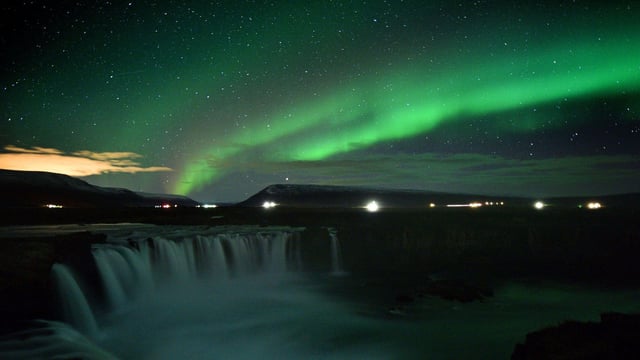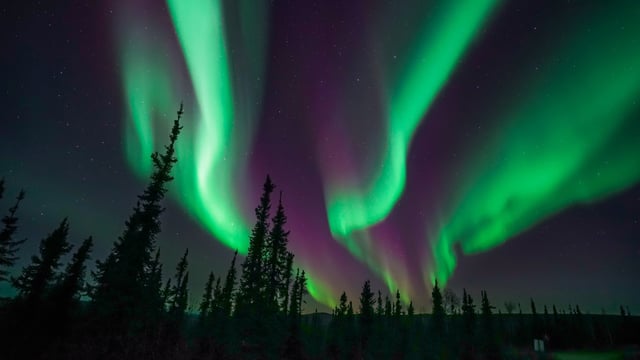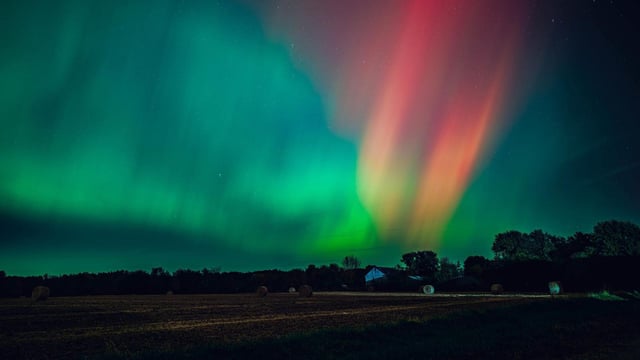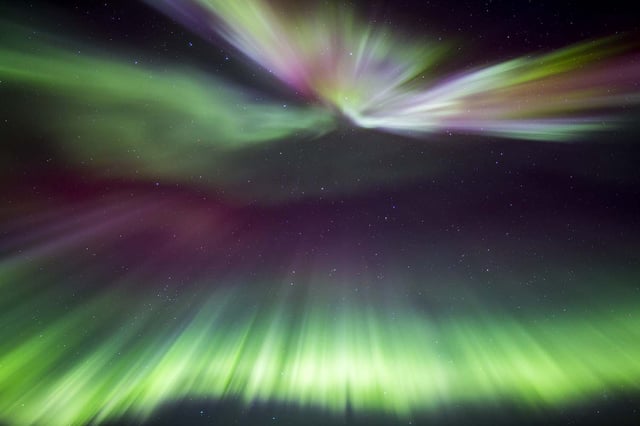Overview
- A coronal mass ejection on June 6 propelled charged particles toward Earth, prompting NOAA to forecast a Kp index of three for June 10.
- Visible regions on the night of June 10 include northeastern Washington, northern Idaho, Montana, North Dakota, northern Minnesota, Upper Michigan and northern Wisconsin.
- Auroral activity is expected to taper off after June 11, with NOAA projecting Kp index values of around two for June 11 and 12.
- Most of Canada and Alaska have higher probabilities for aurora displays during this stretch of heightened solar activity.
- Observers are encouraged to choose dark, north-facing vantage points between 10 p.m. and 2 a.m. and to use tripods with wide-angle lenses for photography.



